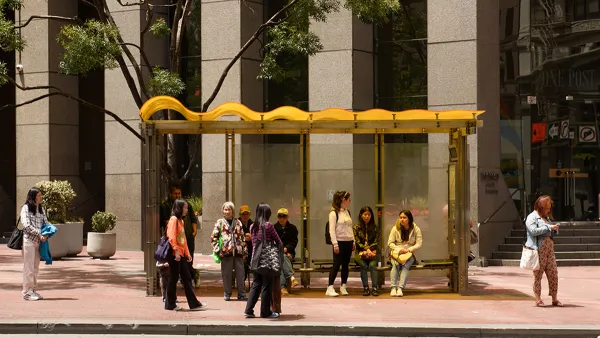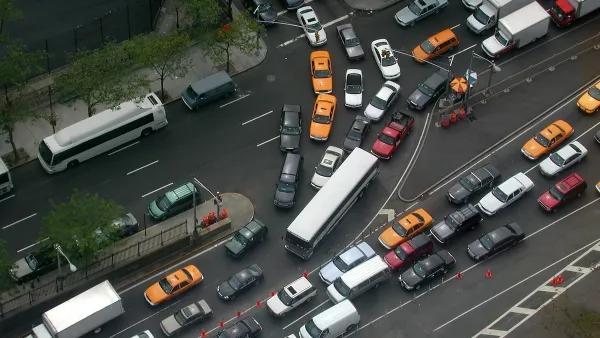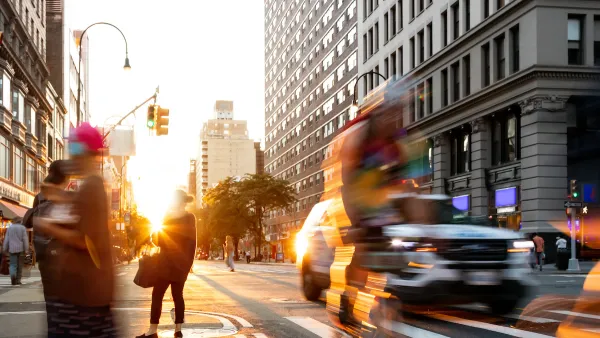Transit-dependent neighborhoods can be found in almost all major U.S. cities, according to a new analysis of Census data.

A recent analysis from Chris Winters found that in almost every major U.S. city–even the most car-dependent ones–a segment of the population lives without private cars, signaling a need for improved public transit in these neighborhoods. "In a whopping 1,660 census tracts, more than 50 percent of occupied households were carless." As Kea Wilson writes, "tracts with light rail lines tended to have higher concentrations of households without automobiles, though in some cities, like Baltimore, some of the most heavily transit-dependent areas weren’t being served by rail at all — consistent with recent research that shows that local transportation leaders are failing to prioritize convenient shared options for the Charm City residents who need them most." In other cities, "car-light neighborhoods were more heavily associated with concentrated poverty than robust transit investment."
"Winters acknowledges that truly auto-light havens are still few and far between in the United States, noting that there are only 350 census tracts across America where more than 75 percent of households are living without a car — and the vast majority of them (312) are located in his transit-rich New York City." Winters concludes that "even the most car-dependent communities likely have more demand for transit than their leaders are answering, and not always in the neighborhoods they might assume."
FULL STORY: U.S. Has More Car-Free Areas Than You Think

National Parks Layoffs Will Cause Communities to Lose Billions
Thousands of essential park workers were laid off this week, just before the busy spring break season.

Retro-silient?: America’s First “Eco-burb,” The Woodlands Turns 50
A master-planned community north of Houston offers lessons on green infrastructure and resilient design, but falls short of its founder’s lofty affordability and walkability goals.

Delivering for America Plan Will Downgrade Mail Service in at Least 49.5 Percent of Zip Codes
Republican and Democrat lawmakers criticize the plan for its disproportionate negative impact on rural communities.

Test News Post 1
This is a summary

Test News Headline 46
Test for the image on the front page.

Balancing Bombs and Butterflies: How the National Guard Protects a Rare Species
The National Guard at Fort Indiantown Gap uses GIS technology and land management strategies to balance military training with conservation efforts, ensuring the survival of the rare eastern regal fritillary butterfly.
Urban Design for Planners 1: Software Tools
This six-course series explores essential urban design concepts using open source software and equips planners with the tools they need to participate fully in the urban design process.
Planning for Universal Design
Learn the tools for implementing Universal Design in planning regulations.
EMC Planning Group, Inc.
Planetizen
Planetizen
Mpact (formerly Rail~Volution)
Great Falls Development Authority, Inc.
HUDs Office of Policy Development and Research
NYU Wagner Graduate School of Public Service





























